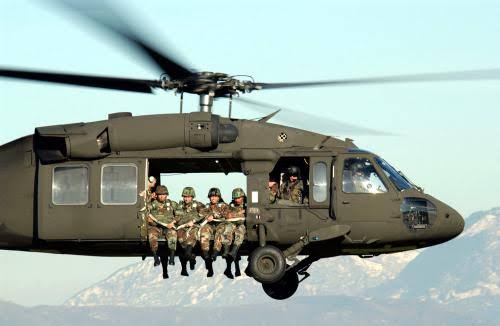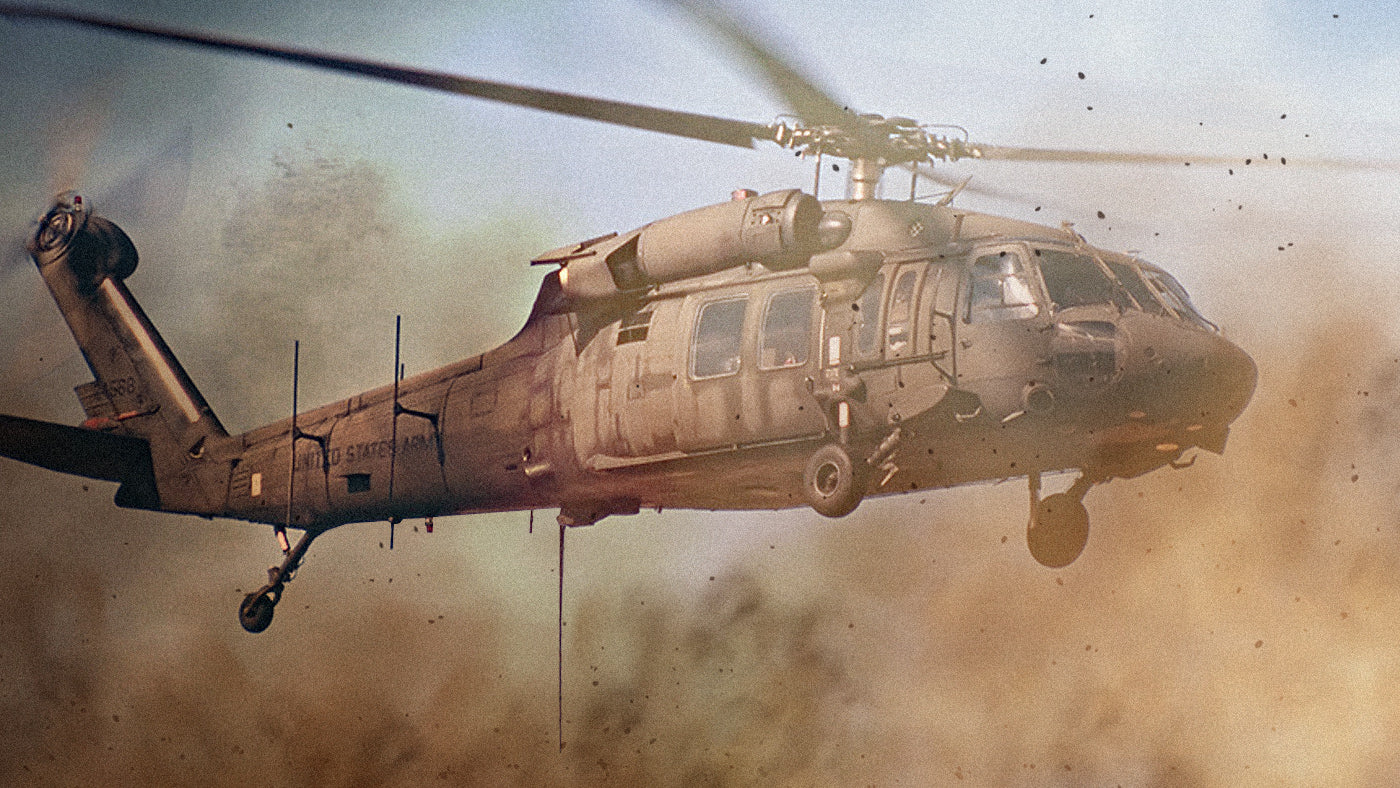UH 60 Technical Specs and Performance Review
UH 60 Technical Specs and Performance Review
Blog Article
A Comprehensive Overview to the Maintenance and Care of Airplane for Durability
The long life of an aircraft pivots substantially on its upkeep and treatment, necessitating an organized strategy to make sure optimum performance and safety and security. Normal assessments, coupled with a systematic maintenance program, work as critical parts in recognizing possible concerns before they intensify. Furthermore, the problem of the airplane's inside and adherence to regulative standards play crucial duties in maintaining its worth. Comprehending the intricacies of these techniques can be complicated; therefore, it is vital to explore the crucial components that contribute to reliable airplane treatment and the implications of overlooking these duties.
Relevance of Normal Maintenance
Regular upkeep is vital for the security, performance, and durability of aircraft. A systematic method to upkeep guarantees that all parts operate efficiently, thereby decreasing the danger of mechanical failing during operation. Normal inspections and maintenance enable technicians to determine possible concerns before they intensify into substantial troubles, ensuring that the aircraft stays in conformity with aviation guidelines.
In addition, keeping an aircraft according to the maker's guidelines is important for protecting its value. A well-documented maintenance history can improve resale leads and infuse confidence in possible customers. In addition, regular upkeep adds to functional effectiveness, as it aids to maximize gas intake and efficiency metrics, bring about cost financial savings gradually.
Moreover, normal upkeep adds to the overall safety of flight procedures (uh 60). By addressing damage promptly, operators can mitigate threats linked with aging airplane systems. This positive method not just secures the lives of travelers and crew yet also safeguards the aircraft itself against devastating failings

Daily Assessment Checklist
How can pilots and maintenance teams make certain the airplane remains in ideal problem prior to each trip? The solution depends on a complete everyday examination list, which works as a crucial procedure to determine potential problems that might compromise safety and performance. This list must include a number of vital locations, including outside and indoor assessments, along with useful checks of important systems.
Beginning with the exterior, crews ought to evaluate the airframe for any noticeable damage, leakages, or signs of corrosion. Focus must be paid to control surfaces, landing gear, and the problem of tires. Transferring to the inside, the crew needs to verify that all controls and instruments are operational, making certain that electronic systems are working correctly.

Along with architectural checks, it is important to inspect fuel degrees and verify that all needed papers, including enrollment and weight and equilibrium information, are up to date. Lastly, a testimonial of emergency situation equipment, including life vests and fire extinguishers, must be performed to ensure compliance with safety and security laws. By faithfully following this daily evaluation checklist, pilots and upkeep staffs can substantially boost the safety and security and reliability of their aircraft.
Scheduled Upkeep Programs
Scheduled maintenance programs are vital for the lasting security and efficiency of airplane procedures. These programs are designed to ensure that all airplane parts go through regular examinations, maintenance, and essential repairs at fixed intervals. YOURURL.com By adhering to an organized maintenance schedule, operators can substantially minimize the danger of in-flight failures, boost aircraft integrity, and expand the life-span of crucial components.
Typically, arranged upkeep is classified into different levels, consisting of A, B, d, and c checks, each with distinct needs and thoroughness. A checks are usually extra frequent and concentrate on standard visual examinations and minor repairs, while D checks are much more thorough and take place much less often, entailing extensive disassembly and overhaul of the airplane.
Regulatory bodies, such as the FAA and EASA, click to read more mandate conformity with details maintenance schedules based upon aircraft type and use. Operators should maintain precise documents of all maintenance carried out to show compliance and promote inspections. The integration of anticipating upkeep innovations can further enhance the performance of scheduled programs by determining potential problems prior to they intensify, thereby making certain that aircraft remain in optimum condition and all set for safe operations.
Look After Aircraft Interiors
Caring for aircraft insides is crucial not just for guest comfort but additionally for keeping the general value and safety and security of the aircraft. Normal cleansing and maintenance of the indoor components add substantially to a favorable flying experience while maintaining the airplane's visual appeal.
To make certain optimal care, it is important to establish a routine cleaning timetable that includes vacuuming carpets, cleaning down surfaces, and sanitizing high-touch locations. Upholstery and seats must be inspected for deterioration, with any type of damages promptly resolved to stop more damage. In addition, attention needs to be offered to the galley and lavatory locations, which require comprehensive cleansing and restocking of materials to preserve health.
In addition, see this site the use of suitable cleaner is crucial; extreme chemicals can damage coatings and products, so it is advisable to use items especially made for airplane interiors. Routine assessments should additionally be carried out to determine any type of maintenance requires, such as replacing damaged seat covers or repairing window tones. By prioritizing the care of airplane insides, drivers can enhance the overall guest experience and safeguard the financial investment in their airplane.
Understanding Regulatory Conformity
Regulative conformity is a vital aspect of aircraft upkeep, commonly calling for operators to abide by a complicated structure of neighborhood, national, and global criteria. This structure is primarily established by aeronautics governing bodies such as the Federal Aviation Administration (FAA) in the USA and the European Union Aeronautics Safety Firm (EASA) in Europe - uh 60. These companies establish forth regulations that control numerous aspects of airplane maintenance, including airworthiness, safety procedures, and operational procedures

Furthermore, drivers need to stay notified concerning modifications in regulations and get involved in training programs to make sure that their staff is educated about compliance requirements. Failing to conform with these regulations can cause serious charges, consisting of penalties, grounding of airplane, or loss of certification. Understanding and adhering to regulative conformity is critical for the long life and safety and security of aircraft operations.
Final Thought
In final thought, the maintenance and treatment of aircraft are critical for making certain long life, security, and functional efficiency (uh 60). Normal inspections, adherence to daily lists, and systematic maintenance programs help with the early identification of possible problems. Attention to the airplane's inside and compliance with governing requirements significantly add to protecting its value. By carrying out these practices, operators can enhance the general experience for passengers while guarding the investment in air travel properties.
The durability of an aircraft pivots dramatically on its upkeep and care, requiring a structured technique to ensure optimum efficiency and security. By diligently following this everyday assessment list, pilots and maintenance teams can substantially improve the safety and integrity of their airplane.
These programs are created to make certain that all aircraft components undergo routine examinations, upkeep, and needed repair work at predetermined periods. By focusing on the treatment of aircraft interiors, drivers can enhance the general traveler experience and protect the investment in their airplane.
In final thought, the maintenance and care of airplane are critical for guaranteeing durability, security, and operational performance.
Report this page